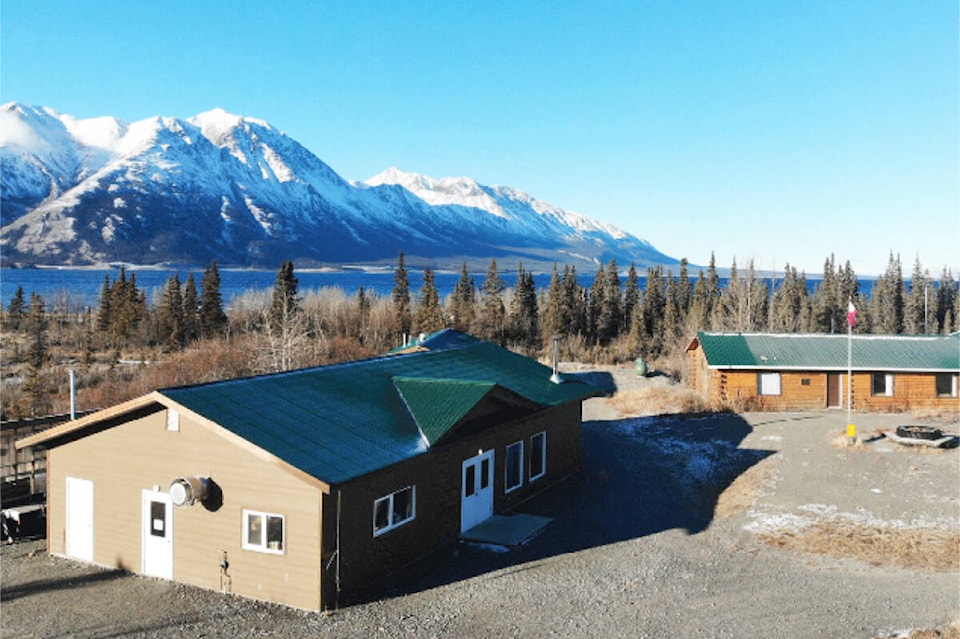An artist residency on Kluane Lake is now accepting applications.
The two-week residency is for Canadian visual artists pursuing work that intersects science and art.
Two accepted artists for 2023 will receive a $3,000 honorarium from the Yukon Arts Centre as well as accommodations and meals in a private cabin at the shared Kluane Lake Research Station.
The station, which is located between Haines Junction and Burwash Landing, sits on the shores of Kluane Lake, overlooking the St. Elias Mountains in Kluane National Park.
The research station is home to the Arctic Institute of North America and will share its eating, work and leisure spaces with the resident artists. The off-grid, solar-powered facility has toilets and hot showers, but no cell reception and limited wifi. There’s a resident chef to provide meals.
“The residency is the perfect setting to explore the interplay between science, conservation, and art, and give artists a chance to share and connect with people from all over the world,” according to the program announcement.
Applying artists are encouraged to propose a project that considers science or interacts with the national park’s culture and landscape. Artists will have access to scientists, ecological experts and Parks Canada staff to inform their work and plan public programming.
The residency description adds that applicants should be comfortable with the outdoors – most of the park’s public space is only accessible by hiking.
Two artists will be selected for residencies in July and September. Applications for both 2023 and 2024 are being considered.
During each residency, the selected artists will be expected to present two “artist at work” drop-in sessions and three public workshops, talks, demonstrations or events. These will be organized with Parks Canada and research station staff.
David Curtis and Tyson Isted were the 2022 artists in residence.
Curtis, a filmmaker and multidisciplinary artist, spent two weeks filming the “small and generally unnoticed” ecosystems of the park. He accompanied park staff on an alpine plant survey and hosted photography and sketching workshops.
“I had the privilege to become intimately familiar with the natural wonders and sublime beauty of this incredibly diverse and inspiring landscape,” Curtis said in a provided statement. “This residency was an experience of a lifetime.”
Isted is a painter and a senior glass artist at Whitehorse’s Lumel Studio. Isted spent his time sketching, painting and photographing the park with plans to turn that portfolio into hot glass work.
“The work I created was influenced by the mountain ranges and how the sharp peaks and receding ridge lines converge to the horizon line of the Earth,” Isted said. “My favorite thing was the freedom to explore the National Park and learn the history and stories of the people and the land.”
Isted taught workshops on painting postcards, making charcoal and drawing.
The residency is open to all Canadian artists. Applications for 2023 and 2024 close on March 20.
They will be reviewed by a committee representing the Yukon Arts Centre, Parks Canada, and Kluane Lake Research Station. Selections will be made within eight weeks of March 20, the application says.
Contact Gabrielle Plonka at gabrielle.plonka@yukon-news.com
